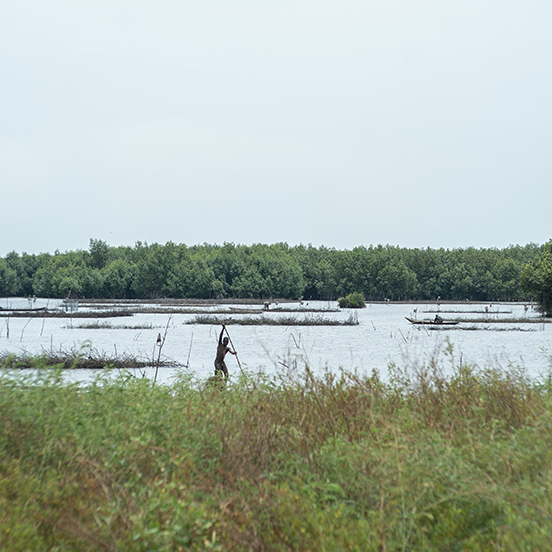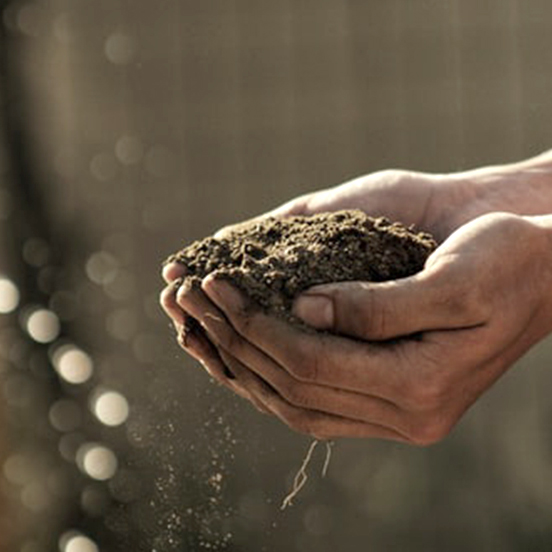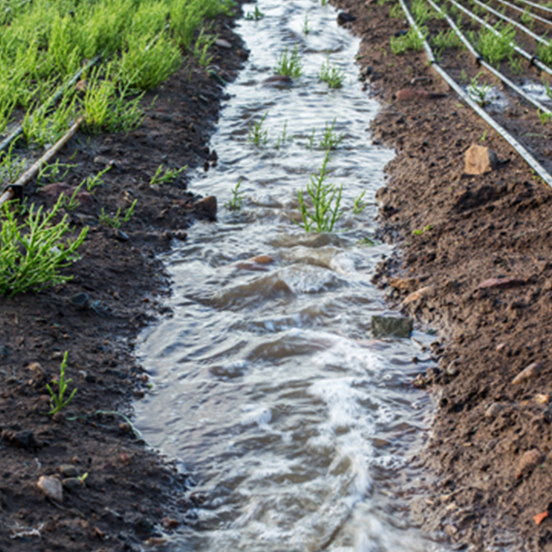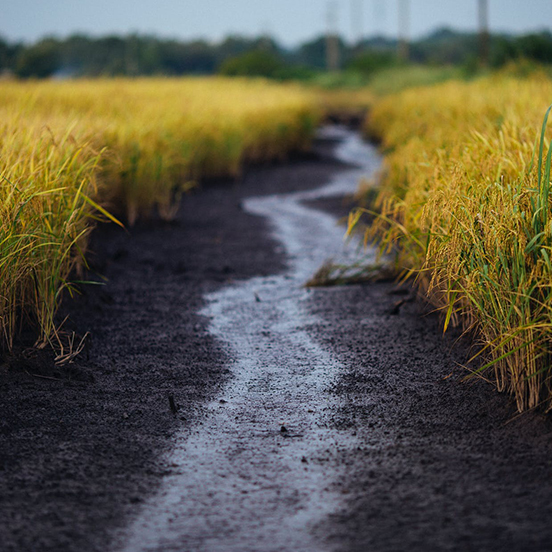There are no other companies operating sites around the world with the aim of commercialising wetland restoration and aquaculture farming for financial and environmental gain.
We hold unique expertise in this area, having successfully launched the UK’s first seawater farm, and we advise companies and individuals as to the benefits and requirements for creating their own wetland restoration or aquaculture projects.
Our mission is to share knowledge and expertise so that communities around the world can benefit from regenerative farming approaches, to help clean the planet and provide economic and personal resilience. Time is running out and the global population is growing – working together we can help transform agriculture for future generations.
Find out more about some of the themes we are exploring at the moment.
Eco-services
Coastal wetlands, including saltmarshes and mangroves, are amazing tools in our fight against climate change and global threats to agriculture.
As the first line of defence on our coastlines, they act as buffers for storms and rising seas, store massive amounts of carbon, create habitats for fish and birds, while being able to sustain human activities like fishing and farming. These ‘forgotten’ ecosystems are now coming to the forefront in the fight against climate change as their utility across many ecoservices is being fully realised.
Since 2018, the team at Seawater Solutions has been exploring the many uses of wetlands for our environment as well as coastal communities threatened by climate-stresses.
The team is now running a number of different projects globally to demonstrate the significant benefits that our coastal wetlands can deliver.
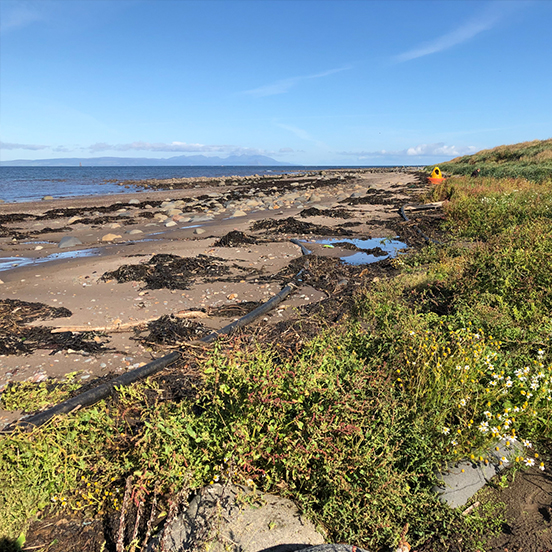
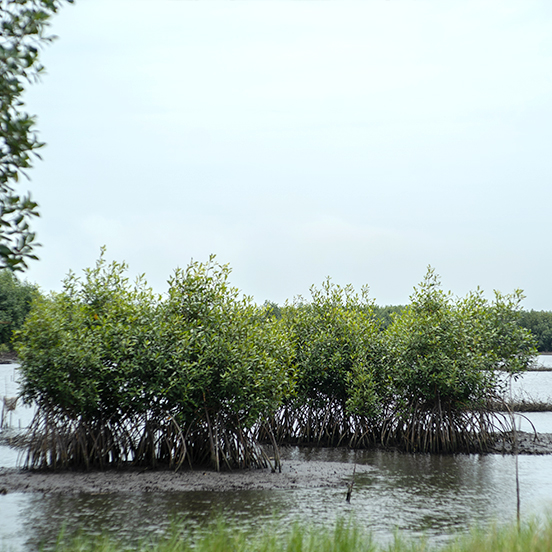
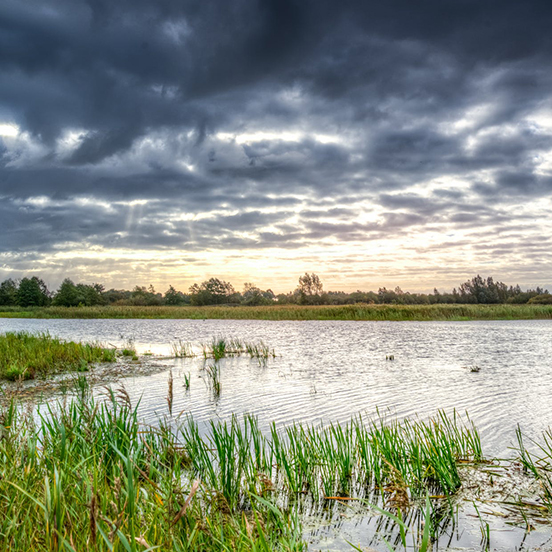
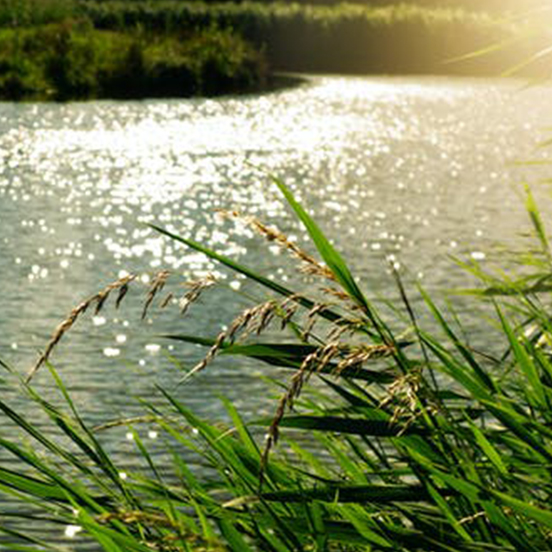
Carbon Capture
Coastal wetlands capture and store more CO2 per unit area than any other natural system (30 times more than rainforests do), with some estimates going as high as 250 tonnes of carbon per hectare.
The latest research shows that such wetlands become even more effective at sequestering CO2 as sea levels rise. Muddy, coastal marshes are “sleeping giants” that could fight climate change, it has been suggested.
Investment in artificial wetland creation can give an organisation the opportunity to offset their own carbon output, plus additional revenue through carbon credit sale (through organisations such as the European Climate Exchange). This also represents significant opportunities for landowners and farmers seeking to diversify land and create new revenue streams.
We predict that carbon credits sold from these carbon sinks can be sold at over £2,400 per year per hectare.
Seawater Solutions is currently working with Scottish Universities and research institutions to develop the world’s first saltmarsh carbon credit scheme, with the support from corporate actors seeking to offset carbon emissions.
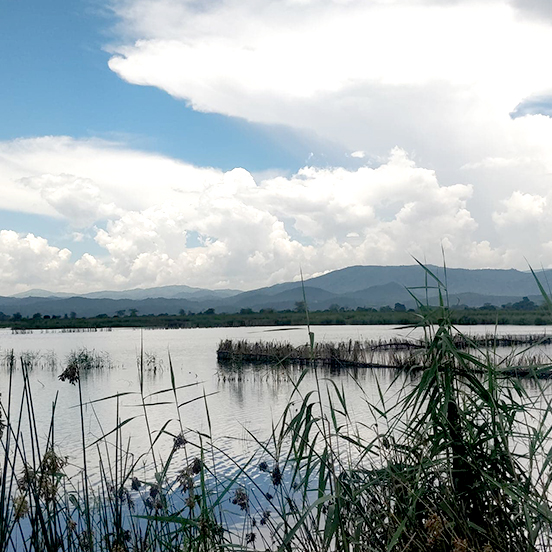
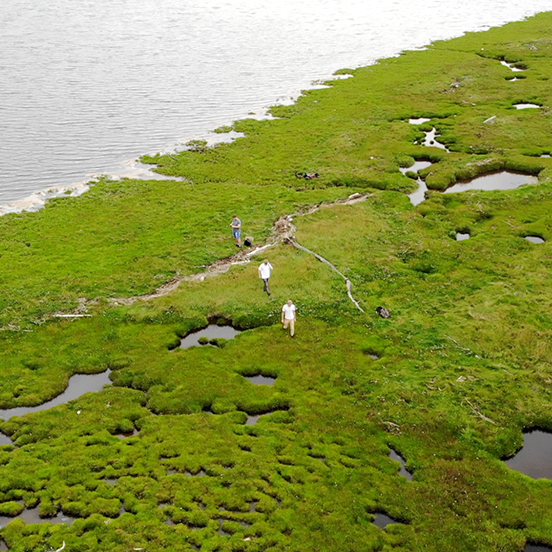
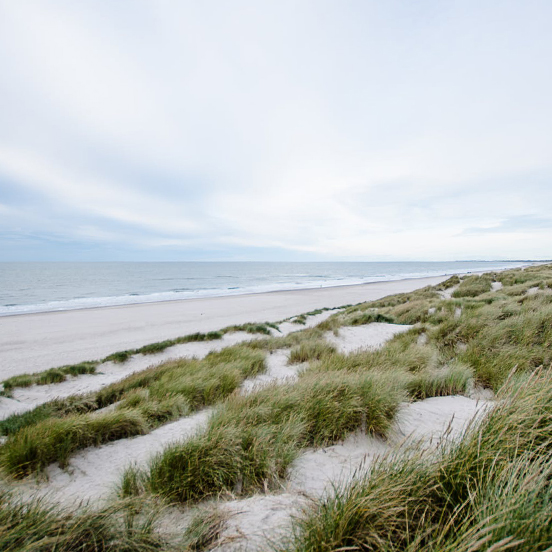
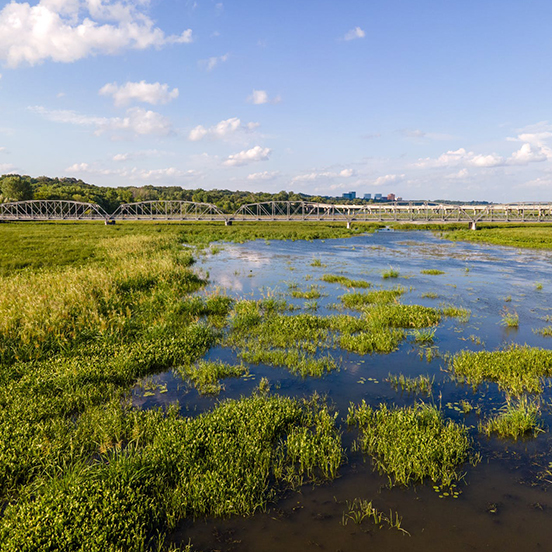
Diversification
Whether you are a shrimp farmer in Vietnam or a landowner on the Scottish coast, diversification of your portfolio provides financial resilience in uncertain times, as well as important environmental services to your land and operations.
Seawater farming provides such resilience. Here are just some of the ways that we can help you to expand your portfolio:
Growing new crops on redundant or degraded land for sale at market or for use in-house (from on-site restaurants to flavourings in your primary products).
Exploiting carbon capture credits.
Allowing animals to feed on salt-tolerant meadows (providing important nutritional supplements for healthier animals, as well as increasing the rarity and value of the meat produced).
Exploring halophyte by-product potential.
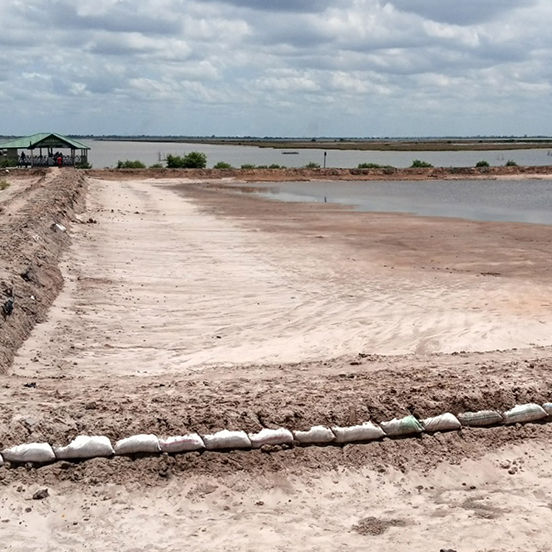
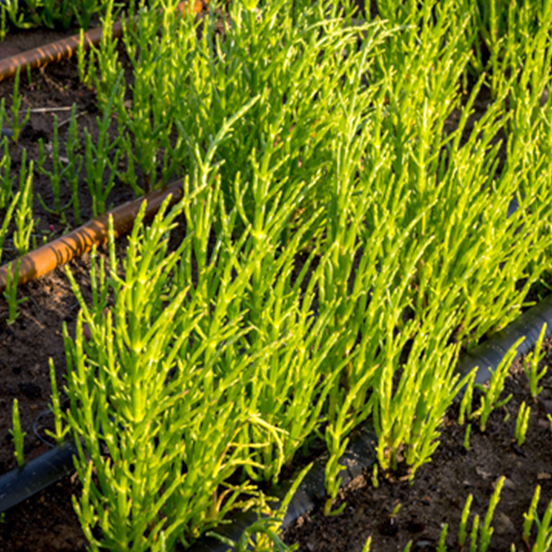
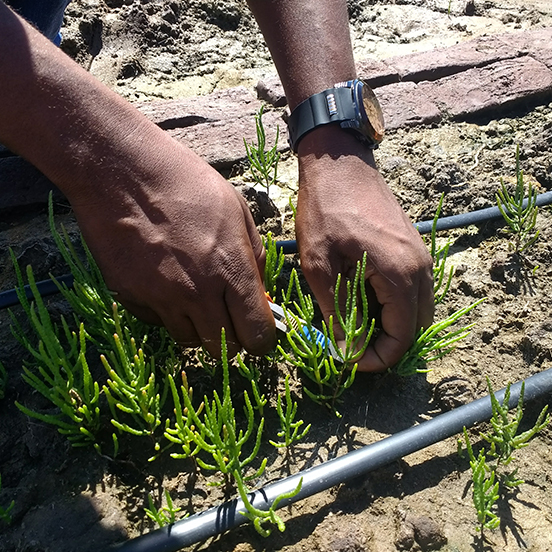
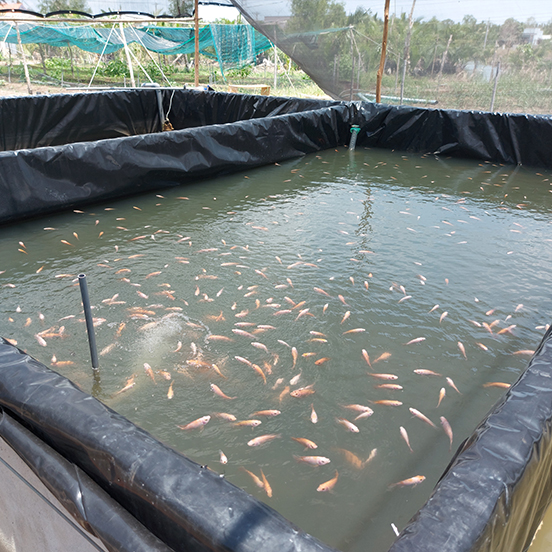
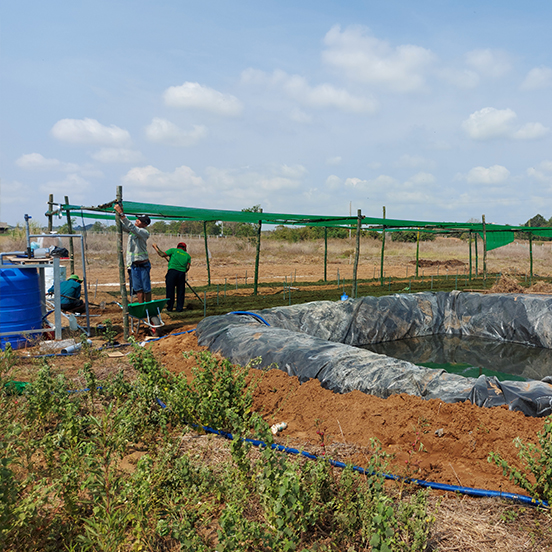
Ecosystems Restoration
Saltmarshes deliver vital ecological functions, including much needed habitat provision, for instance spawning grounds for commercially exploited fish, and habitats for plants, animals and insects.
What’s more, they are important for biodiversity and conservation as they can result in extensive areas of vegetation, and the mosaic of interrelated habitats make saltmarshes one of the most productive ecosystems in the world. Indeed saltmarshes are home to some species found nowhere else, and a rare example of a “primary succession” habitat.
They are also home to more commonly known populations, for instance around 50% of the UK’s breeding population of Redshank, which represents about 15% of the total breeding population of NW Europe, is supported by saltmarsh habitat. Common seals have also been known to pup on saltmarsh creeks.
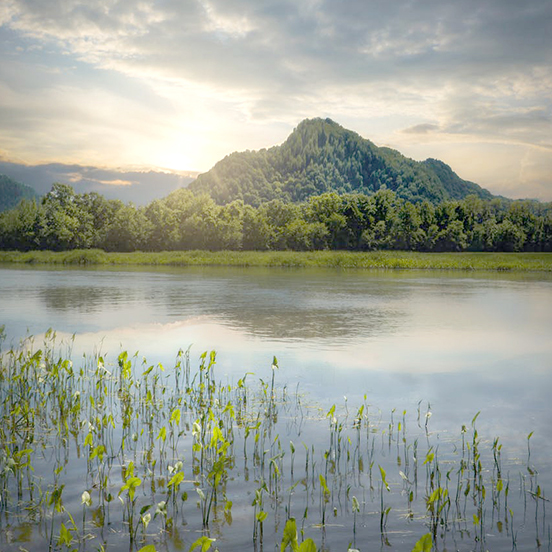
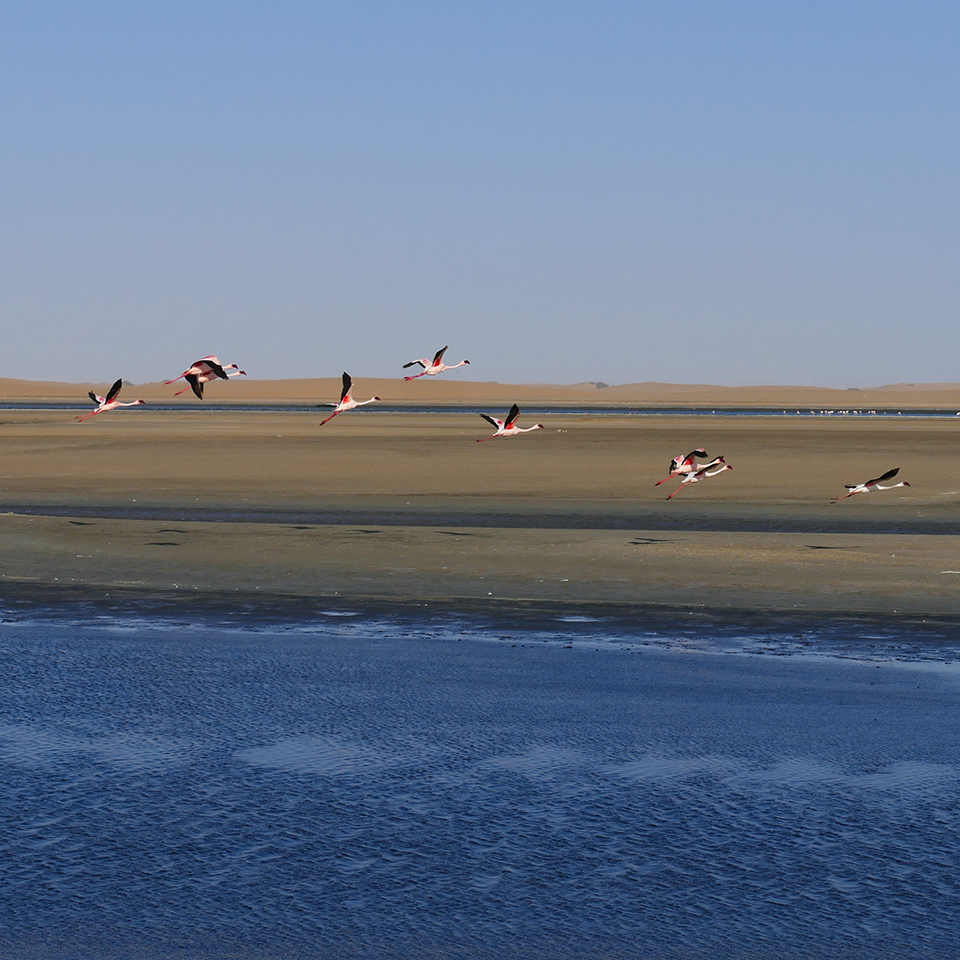
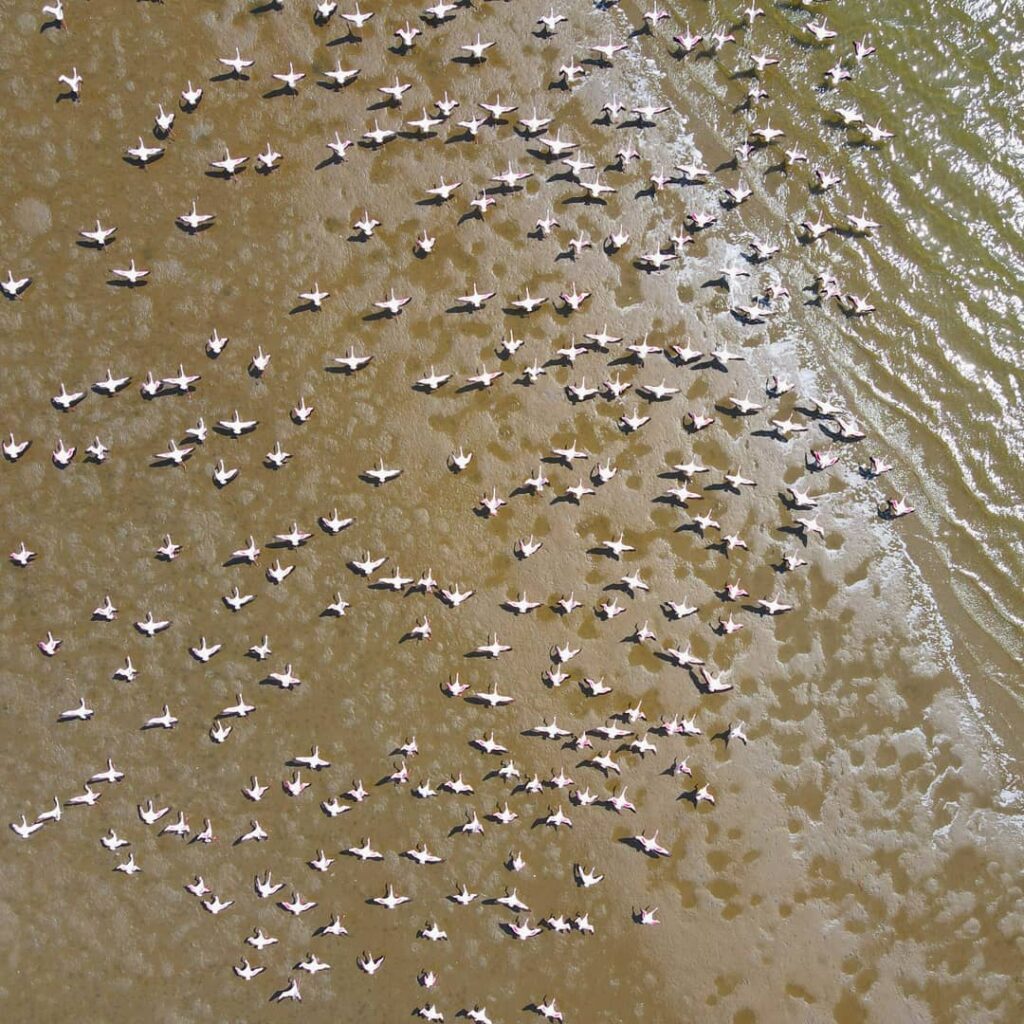
Biomass Utilisation
From ruminant feed to cosmetics to airline fuel, there is huge potential to use the crop residue from halophyte production.
We are currently collaborating with partners across many industries to explore how to process and commercialise the remaining biomass of these extraordinary plants.
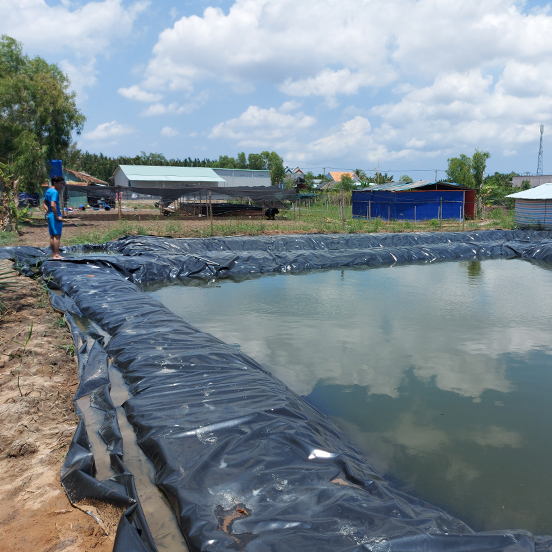
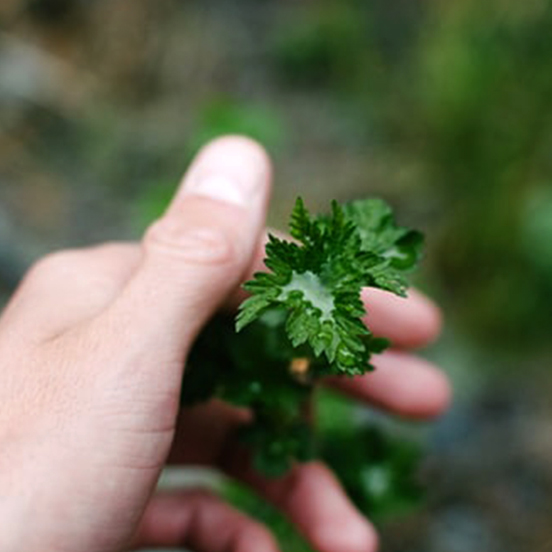
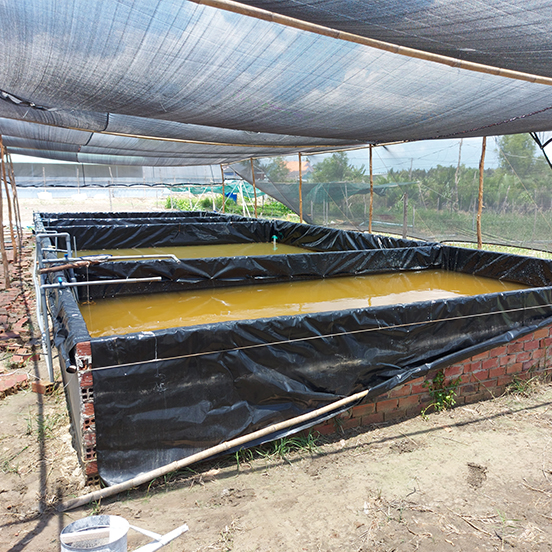
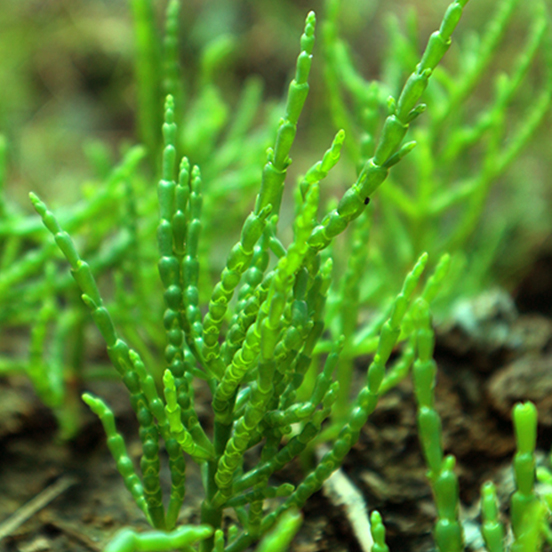
Coastline Defence
Globally, rising seas and storms are reducing land availability. Floods bring more and more seawater onto land, destroying homes and making farmland useless. In Vietnam for example, seawater regularly intrudes over 50 miles inland, causing crops to fail and forcing farmers to either migrate or increasingly use their land for producing shrimp. However, this often leaves toxic pits of shrimp waste and causes disease to spread from farm to farm through wastewater, further polluting the environment.
Coastal wetlands have always been our first line of defence against storms and rising seas. Saltmarshes and other wetlands, like mangrove forests, can absorb an impressive 40% of the force of storms and floods threatening coastal communities. Gradually, public institutions and governments are realising that nature-based solutions to coastal defence outperform concrete flood barriers, and that far more environmental benefits can be realised through the integration of our environment into coastal planning.
Seawater Solutions has launched over six projects in key regions across South-East Asia and Bangladesh to address the threat of rising seas with local farmers and aquaculture producers. In 2021 we aim to launch over 15 coastal farms in countries including Fiji, Oman, Hawaii, and India.
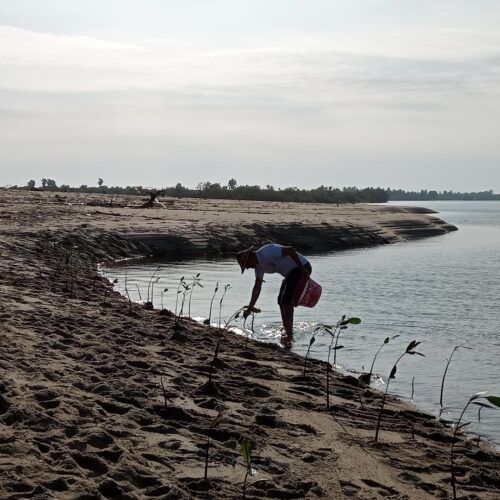
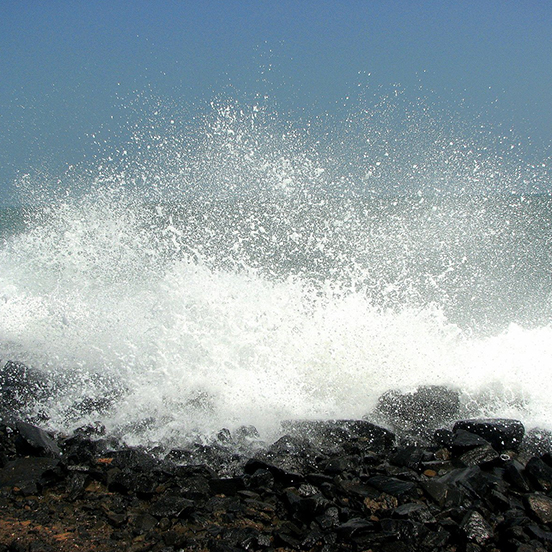
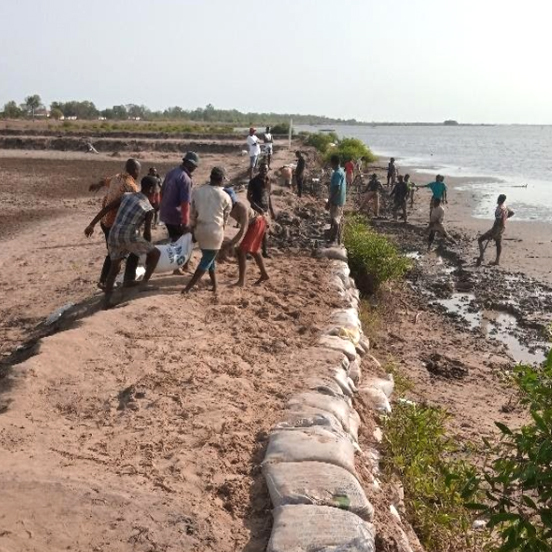
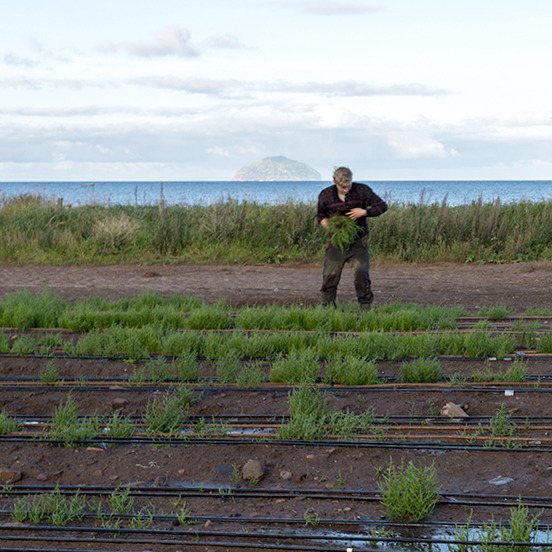
Managed Realignment
Managed realignment is a coastal management policy that may be adopted within Shoreline Management Plans (SMPs) and Coastal Defence Strategies.
It allows the shoreline to move more naturally, however this movement is managed, usually by the construction of defences landward of a breached defence. Saltmarshes that develop as part of the realignment, help absorb wave energy, and offer soft coastal protection in themselves. This means that inland defences do not need to be as big as if new sea walls were built further seaward. In addition new habitats are created, which support wildlife and plant life.
Our approach at Seawater Solutions differs from traditional managed realignment practices. Instead of allowing the immediate introduction of tidal movements, we first build functioning saltmarsh ecosystems within a year, with agricultural production before allowing natural tidal movements to irrigate this land. This allows farmers to gain immediate revenues from saltmarsh farming, and ecoservices like carbon capture and flood defences. This approach is currently being trialled in a number of locations around Scotland, with the objective of integrating this approach into UK agricultural and environmental policy.
We encourage landowners, farmers, and government representatives to engage with us from the practical application of this approach and subsequent policy formation.
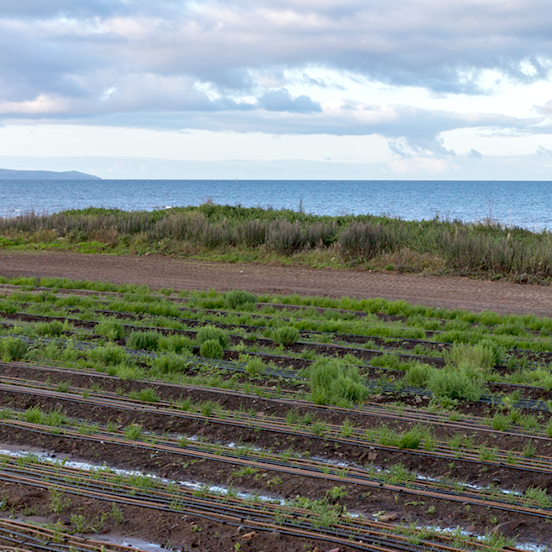
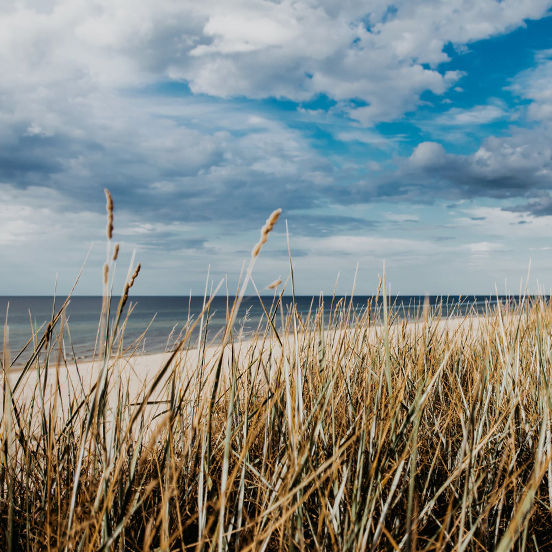
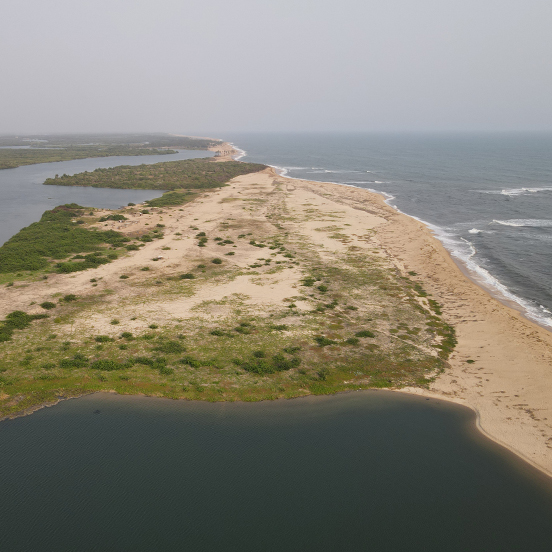
Remediation & Biofiltration
Saltmarshes serve an important function by purifying water, soil, and air. Often found where rivers meet the sea, saltmarshes regulate what comes downstream into the sea and what the tide brings upriver. This makes saltmarsh species, like samphire, expert bio-remediators, able to take heavy metals, agricultural pollution, and other wastes. It is estimated that a single hectare of saltmarsh wetlands represents over $30,000 in ecoservices every year, from flood defence to water purification, even eco-tourism and wildlife conservation.
At Seawater Solutions we are using wetlands as a tool to clean water and use waste, for instance in aquaculture, to fertilise plants at the same time. Our projects in Vietnam and Bangladesh often involve aquaculture farmers who suffer from the spread of disease and pollution in water, which decimate their fish and shellfish. By creating a circular ecosystems-model, we are able to mitigate the impact of waste while creating added revenues for farmers and landowners.
Eutrophication of aquatic environments is a major environmental problem in large parts of the world. In Europe, EU legislation, international conventions and national environmental objectives emphasise the need to reduce the input of nutrients to freshwater and marine environments.
Wetland creation/restoration prevents pollutants (suspended solids, nitrogen and phosphorus) from getting into marine environments.
If a company faces challenges related to pollutant discharge, artificial wetland creation is a solution that brings with it a range of additional commercial and environmental benefits.
